What Are the 4 Layers of the Atmosphere? [Infographic]
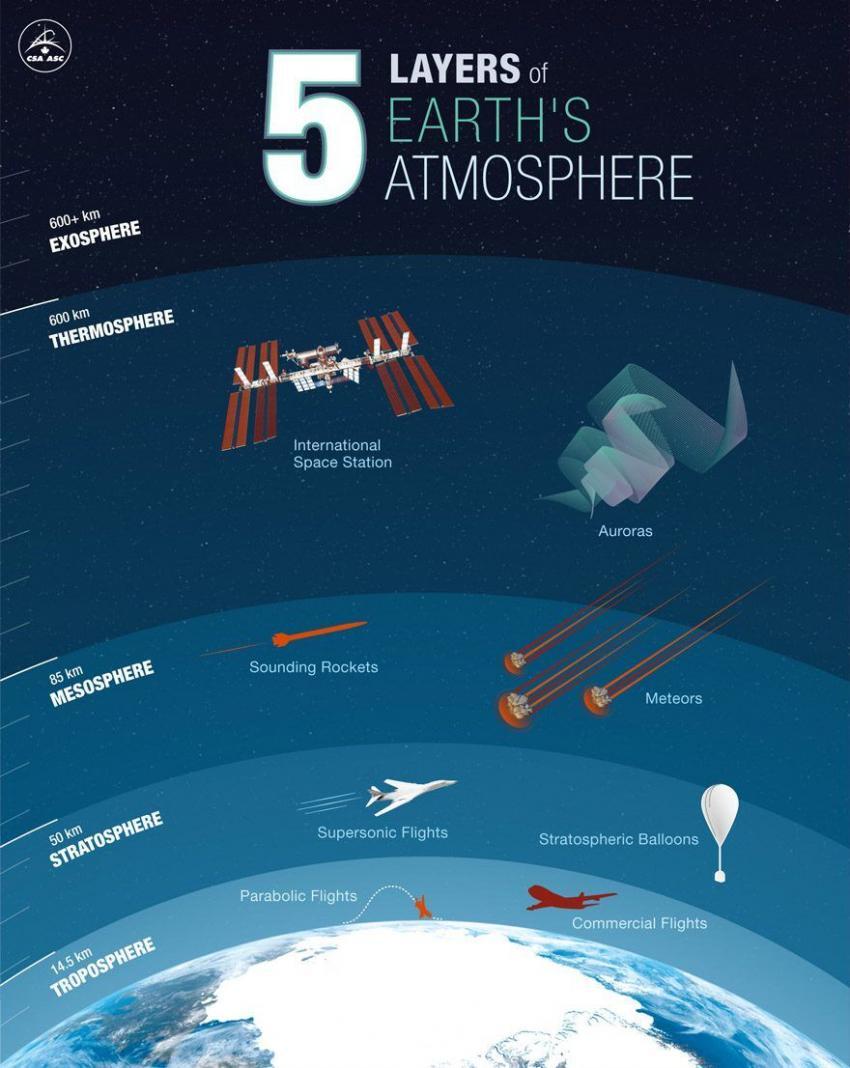
© Canadian Space Agency
The 4 Layers of the Atmosphere
There are 4 primary layers of the atmosphere on Earth. From low to high altitude, they are as follows:
- Troposphere
- Stratosphere
- Mesosphere
- Thermosphere
The 2 parts of the thermosphere are the ionosphere and the exosphere.
We know all of our weather occurs in the atmosphere. But in which atmosphere layers? Let’s dig a bit deeper into the purpose of each atmosphere layer and how does it relate to Earth.
1. Troposphere

The troposphere is the layer that we live in. The troposphere starts at ground level and extends about 12 km upwards.
This is where all weather occurs and it’s the air that we breathe.
A significant amount of the troposphere is just 2 gases. For example, 78% is nitrogen and 21% is oxygen. For the remaining 1%, it’s mostly argon and carbon dioxide.
Whether it’s from agriculture, vehicles, electricity, or natural disasters, these major sources of air pollution are emitted from the ground into primarily the troposphere and stratosphere.
2. Stratosphere

From about 12 km to 50 km upwards is the stratosphere. In this layer, the jet stream blows strong winds eastward.
Airplanes use this layer of the atmosphere when they travel from west to east. It gives an extra push on its tail which helps it move faster.
It also has the ozone layer, which absorbs harmful radiation from the sun. This includes UV rays. But in the South Pole, there is a hole and if it enlarges could cause issues.
3. Mesosphere

The mesosphere is the coldest region of Earth’s atmosphere. It’s somewhere close to -100 degrees Celsius.
In the mesosphere, scientists send unmanned balloons to measure the temperature.
Actually, this layer also protects the Earth from large meteoroids. The friction within this layer causes meteors to burn up.
4. Thermosphere

The thickest layer in the atmosphere is the thermosphere starting at about 80 km and going upwards.
This is where the UV radiation from the sun turns to heat causing the air to be very hot. It can reach temperatures up to 1500 degrees Celsius or more.
Actually, the thermosphere has 2 layers of its own called the ionosphere and the exosphere.
Ionosphere
The ionosphere and magnetosphere have significant overlap between them. The ionosphere is just the inner layer of the magnetosphere.
The ionosphere is where the sun’s radiation causes particles to be electrically charged, hence the term ‘ion’.
This unique and dynamic layer is the result of the Sun’s relentless barrage of high-energy radiation, particularly in the form of ultraviolet (UV) and X-ray photons. In fact, this is where the sun flows with spectacular light shows for the Aurora Borealis or Northern Lights.
Exosphere
The exosphere is the uppermost layer of the thermosphere. It starts at about 500 km. Then, it extends to the outer edge of Earth’s atmosphere and fades into the vacuum of outer space.
It’s mostly lighter gases in the exosphere such as hydrogen and helium. But there are heavier molecules such as nitrogen, oxygen, and carbon dioxide closer to the bottom of the exosphere.
It’s in the exosphere where satellites can freely orbit the Earth. For example, this includes GPS, telecommunication, and weather satellites.
The 4 Layers of the Atmosphere
Earth’s atmosphere comprises four distinct layers, each with its own unique characteristics and functions.
The troposphere, the lowest layer, is where weather phenomena occur and where we find the majority of Earth’s atmospheric mass.
Above it lies the stratosphere, known for its ozone layer, which absorbs and filters out harmful ultraviolet radiation from the Sun.
Beyond the stratosphere, the mesosphere is characterized by extreme cold and is where meteors often burn up upon entry.
Lastly, the thermosphere, the outermost layer, experiences extremely high temperatures but with low air density and is the realm of orbiting satellites and the International Space Station.


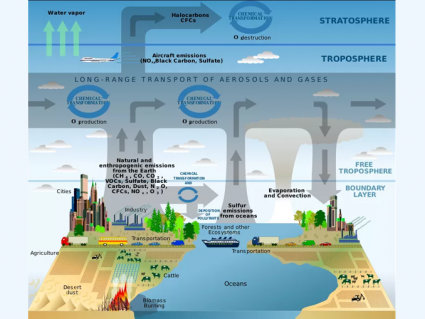

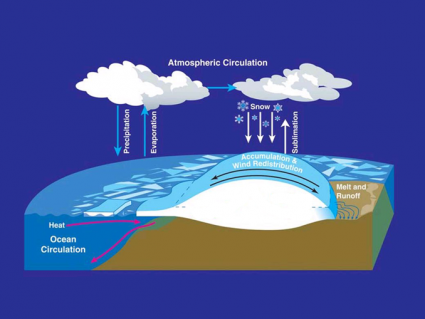
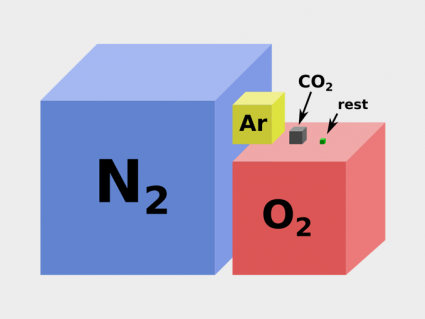
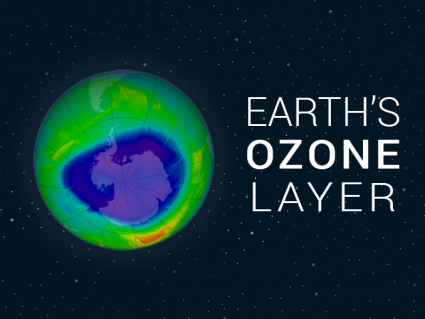
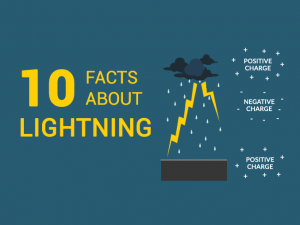
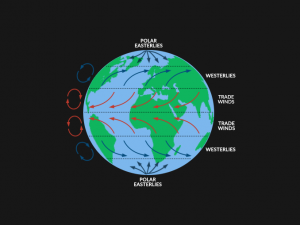
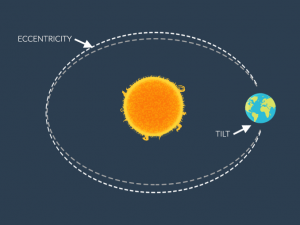
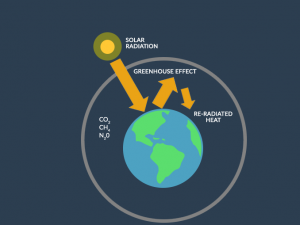
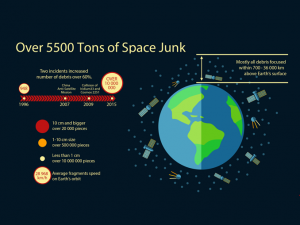

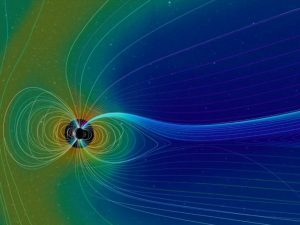
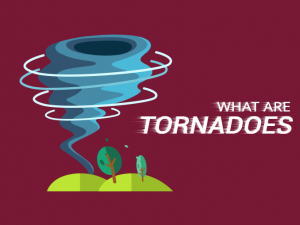
Can’t you send me all the physics work for S2
More UV rays reach Earth. This means harmful radiation for people and ocean life
Why is the ozone hole bad
Here’s our explanation of the ozone hole – https://earthhow.com/ozone-layer/
What is the Ozone Hole?
I love science. Science is the GOAT
How is the mesosphere the coldest region when it’s only the 3rd layer? how isn’t the 5th layer the coldest when it’s the most in space?
I think it is where we could possibly live on is the Earth’s layers of atmosphere
How does it freely orbit the Earth?
As a former U.S. Navy Radioman, I learned that R.F. energy has a much greater range during daylight hours utilizing higher frequencies up to and sometimes above 20 megahertz. At night, it was necessary to find an open, clear frequency in the 2 to 6 megahertz range. It required more power to effectively communicate at night. Was this condition perhaps caused by the magnetic density surrounding the earth during these times?
Most airplanes fly in the troposphere
Which layer does an airplane get to?
If you’re referring to the ozone hole, here’s some extra information on it – https://earthhow.com/ozone-layer/
The hole that has been found in the stratosphere. How bad is it and the possibility of it being harmful